Top 10 Amazing women in Science
Description
Here is a list of 10 women who used science to change the world.
Top 10 Amazing women in science
Number 10: Jane Goodall, British Ethologist
Attitudes towards wildlife and conservation have transformed dramatically in recent years thanks to the research, dedication and compassion of extraordinary scientists like the Chimpanzee aficionado, Jane Goodall.
From childhood Jane yearned for a life among African wildlife away from the war-stricken England she was born into. Unable to afford University, Jane settled for a job as a secretary, and by age 23, Jane had saved enough money to journey to Kenya, where she met renowned anthropologist and palaeontologist Dr Louis S B Leakey.
Leakey, astounded by Jane’s enthusiasm and knowledge, embarked alongside her on an investigation of wild chimpanzees in Gombe at a time where the concept of a young woman cohabiting with wild African animals was preposterous. Her compassionate nature gained Jane the chimpanzees’ trust and she witnessed them eating meat and using tools, behaviours that disproved the existing assumption that chimpanzees were vegetarian.
In 1965 she defied the odds to become one of the first to accomplish a PhD despite lacking a degree, however, because of this many scholars disregarded her credibility. Her success earned her funding from National Geographic, enabling her to establish the Gombe Stream Research Centre.
Throughout her phenomenal career, Jane Goodall published numerous books including the revolutionary work ‘The Chimpanzees of Gombe: Patterns of Behaviour’ and founded pioneering research establishments such as the Jane Goodall Institute for Wildlife Research, Education and Conservation. Upon learning of the deforestation and cruelty devastating global wildlife, Dr Goodall turned her experienced hand to conservation and now travels extensively, inspiring the next generation to proactively safeguard endangered wildlife.
Number 9: Emmy Noether, German mathematician
Amalie Emmy Noether was a German mathematician known for her landmark contributions to abstract algebra and theoretical physics.
She was described by Pavel Alexandrov, Albert Einstein, Jean Dieudonné, Hermann Weyl, and Norbert Wiener as the most important woman in the history of mathematics. As one of the leading mathematicians of her time, she developed the theories of rings, fields, and algebras. In physics, Noether's theorem explains the connection between symmetry and conservation laws.
The extent and significance of her work cannot be accurately judged from her papers. Much of her work appeared in the publications of students and her colleagues; many times a suggestion or even a casual remark revealed her great insight and stimulated another to complete and perfect some idea.
Number 8: Esther Lederberg, an American microbiologist.
She developed basic techniques that have gone a long way towards helping scientists understand how genes work. Her contributions include the discovery of the bacterial virus λ, the transfer of genes between bacteria by specialized transduction, the development of replica plating, and the discovery of the bacterial fertility factor F.
Esther attended Evander Child’s High School in the Bronx. In 1942, at the age of 24, on completing her undergraduate degree, Esther was awarded a distinction, and two years later she won a fellowship to Stanford University to take a master’s course in genetics. In 1945 Esther spent the summer studying with Cornelius Van Niel at the Hopkins Marine Station at Stanford University.
Esther’s first major achievement was her discovery of the lambda phage when completing her doctorate in 1950. In addition to discovering the lambda phage Esther invented the replica plating technique. Devised by her in 1951, this method enables scientists to replicate bacteria colonies on a series of agar plates with exactly the same spatial configuration. Joshua her husband received the Nobel Prize for Physiology or Medicine for discovering that bacteria can mate and exchange genes. Much of this could not have been achieved without Esther who was more adept at experimental work than he was. Her isolation of the Lambda phage and her discovery of its genetic replication process, as well as her innovative replica plating technique, were clearly crucial to Joshua’s research.

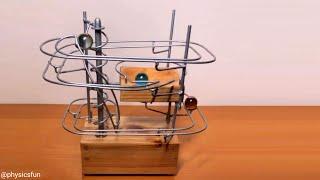
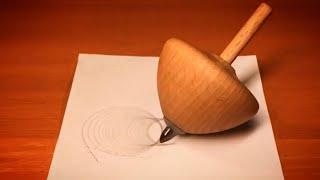



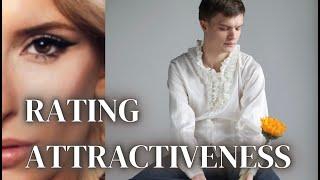
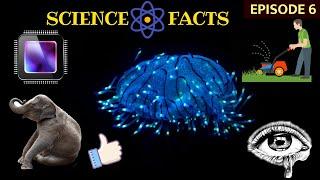
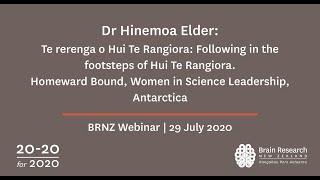



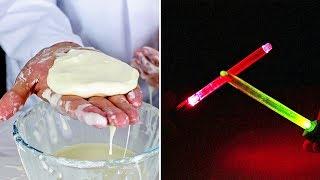








Comments